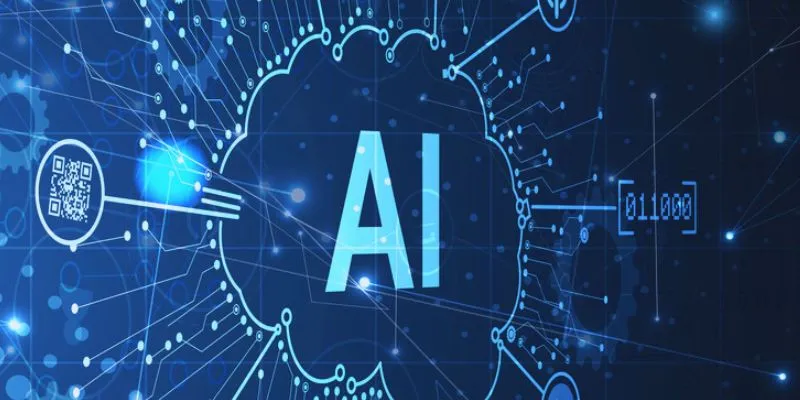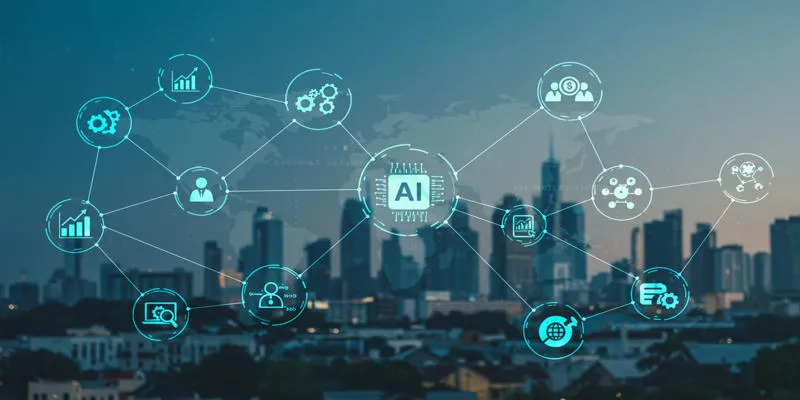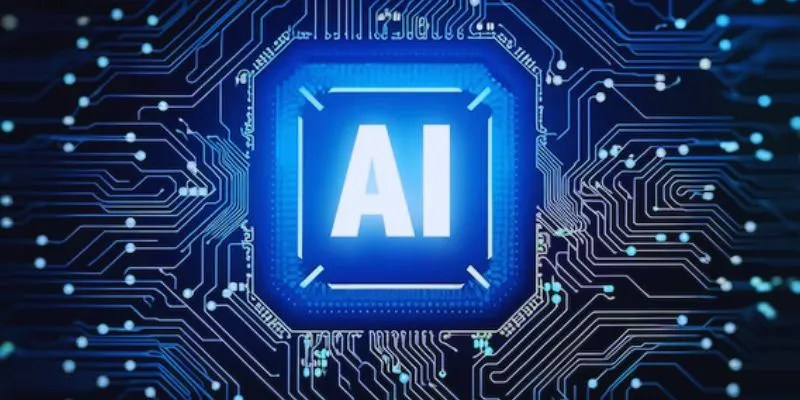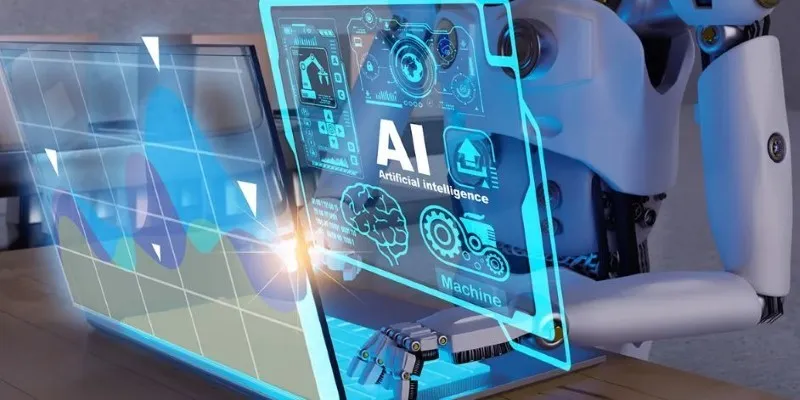Artificial Intelligence (AI) has transcended the realm of science fiction to become an integral component of modern technology. From virtual assistants to automated workflows, AI is transforming industries worldwide. However, AI’s true potential is realized when it integrates seamlessly with existing systems, processes, and tools, enhancing efficiency and productivity.
AI integration is where companies, programmers, and individuals focus their efforts, aiming to blend human expertise with machine learning. This fusion leads to increased efficiency, improved decision-making, and enhanced overall productivity.
Understanding AI Integration
AI integration involves embedding artificial intelligence capabilities into existing systems, software, and processes. Rather than replacing traditional methods, AI enhances them by automating tasks, analyzing data, and predicting outcomes that humans might overlook. By integrating AI, companies can leverage its advantages while maintaining familiarity with their current tools and procedures.
For example, in customer service platforms, AI can handle routine inquiries, reducing wait times and allowing human agents to focus on more complex issues. In healthcare, AI-driven diagnostics assist physicians by identifying patterns in medical images faster than human experts can. In marketing, AI personalizes customer experiences by analyzing data and predicting user preferences, enabling companies to target their audiences more effectively. These examples demonstrate that AI integration is not just about automation but about making systems smarter and faster.
The key to successful AI integration is compatibility. Companies need AI solutions that integrate smoothly with their existing infrastructure. This often involves using APIs, machine learning algorithms, or AI analytics that can be incorporated into current applications without requiring a complete overhaul. The goal is to achieve greater efficiency with minimal disruption.
The Role of AI in Business and Daily Life
AI implementation is revolutionizing industries by improving efficiency, reducing human error, and enabling data-driven decision-making. Tasks that once required manual input are now managed by AI, freeing employees to focus on strategic initiatives. This shift not only boosts productivity but also reduces operational costs.

In finance, AI-powered algorithms identify fraudulent transactions in real- time, protecting both consumers and businesses. AI integration in supply chain management helps companies forecast demand, optimize inventory, and streamline logistics. The healthcare industry benefits from AI through predictive analytics, allowing medical professionals to anticipate patient needs and improve treatment plans.
Beyond business, AI integration is prevalent in everyday life. Smartphones use AI-powered voice assistants to set reminders, answer questions, and control smart home devices. AI-driven recommendation systems help users discover music, movies, and products tailored to their preferences. Even navigation apps use AI to analyze traffic patterns and suggest the fastest routes, saving time and reducing congestion.
Despite its benefits, AI integration presents challenges. Businesses often face compatibility issues when integrating AI into legacy systems. Additionally, data privacy concerns are critical, as AI relies on vast amounts of information to function effectively. Companies must ensure that AI implementation aligns with ethical standards and compliance regulations.
Steps to Successfully Integrate AI
Businesses and developers aiming to integrate AI need a structured approach. The first step is identifying the specific problem AI can address. AI integration should have a clear purpose, whether it’s automating customer support, enhancing decision-making, or optimizing processes.
Once the AI need is defined, the next step involves selecting the appropriate AI model or tool. Businesses must assess whether they require machine learning algorithms, natural language processing, or computer vision capabilities. Choosing an AI solution compatible with existing infrastructure is crucial for a smooth transition.
Data quality is vital in AI integration. AI models need large datasets to function effectively, but poor-quality data can lead to inaccurate predictions and flawed insights. Companies must invest in data cleaning and structuring processes to maximize AI’s effectiveness.
User training is another critical factor. Employees and stakeholders need to understand how AI fits into their workflow and how to use it effectively. Without proper training, AI tools might be underutilized or misinterpreted, limiting their potential impact.
Continuous monitoring and improvement are also necessary. AI models require regular updates and refinements based on real-world performance. Businesses should track AI-driven processes, gather feedback, and make adjustments to ensure long-term success.
The Future of AI Integration
As AI continues to evolve, its integration into businesses and everyday systems will become more seamless and user-friendly. The rise of no-code and low-code AI platforms will enable companies of all sizes to incorporate AI without needing deep technical expertise. These tools allow non-developers to embed AI functionalities into their workflows, making AI implementation more accessible than ever.

One of the most groundbreaking advancements in AI integration is the rise of generative AI, which allows machines to create text, designs, and even software code based on user inputs. This development is transforming creative industries, marketing, and software development by enhancing automation and personalization.
Another critical area of AI integration is cybersecurity. AI-driven security systems can detect threats in real-time, adapt to new risks, and protect digital infrastructures more effectively than traditional security measures.
However, as AI becomes more embedded in daily operations, ethical considerations must remain a priority. Companies must ensure fairness, transparency, and data privacy in AI-driven decision-making to prevent bias and misuse.
Ultimately, AI integration is about enhancing human potential, streamlining processes, and fostering innovation while responsibly navigating challenges.
Conclusion
AI integration is transforming industries by embedding intelligence into existing systems, automating tasks, and enhancing decision-making. From finance to healthcare, AI-powered solutions are making technology more adaptive and efficient. However, successful integration requires strategic planning, quality data, and continuous refinement. As advancements in AI make it more accessible, its role in business and daily life will only expand. Organizations that embrace seamless integration will gain a competitive edge in an increasingly digital world.
 zfn9
zfn9






















